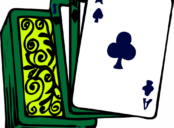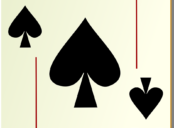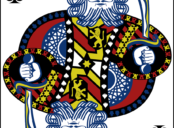Poker Cards – The Ultimate Guide for Casino and Game Enthusiasts
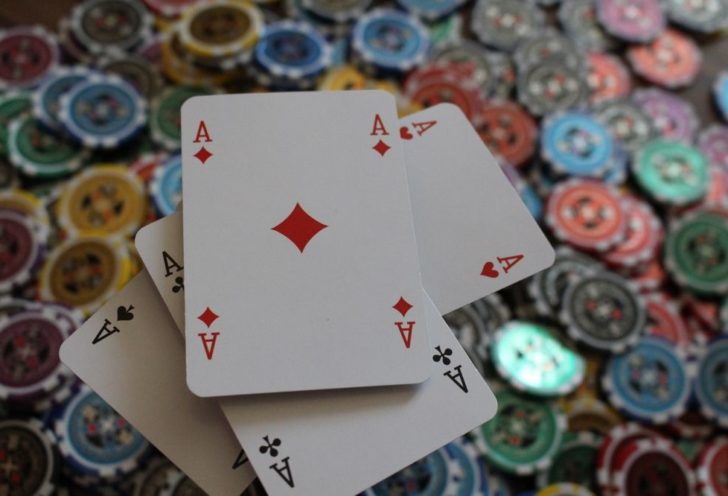
Introduction:
Welcome to our comprehensive guide on poker cards! If you’re a fan of casino games and looking to delve into the world of poker, it’s crucial to have a solid understanding of poker cards and their significance in the game. In this article, we will provide you with a detailed overview of poker cards, their historical evolution, and essential information for any avid casino player. So, sit back, relax, and let’s embark on this captivating journey through the poker card universe.
Section 1: Understanding Poker Cards
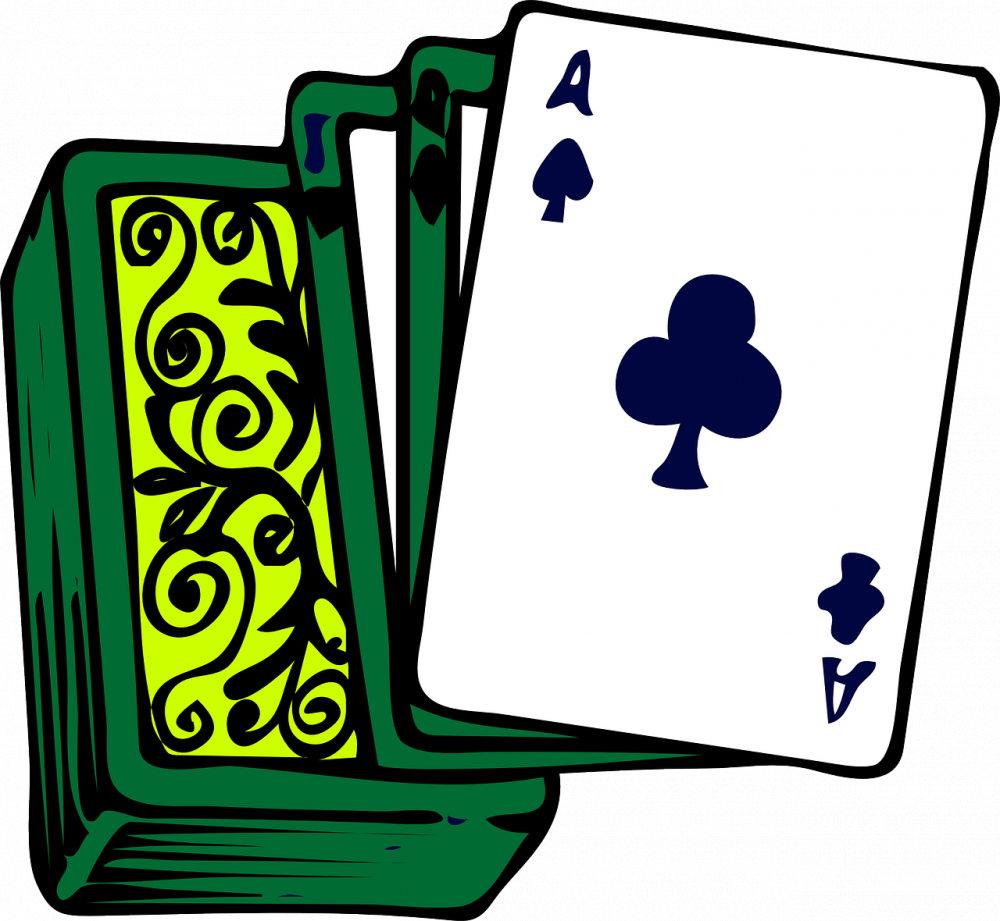
Poker cards, also known as playing cards, are indispensable tools in numerous casino games, particularly poker. These cards come in a standard deck of 52, each uniquely designed with specific suits and ranks. Understanding the various elements of poker cards is vital for players to strategize and make informed decisions during gameplay.
Here are some key components of poker cards:
1. Suits: A standard deck consists of four suits – hearts, diamonds, clubs, and spades. Each suit represents a specific theme and is distinguishable by its symbol and color. This distinction plays a crucial role in determining the hierarchy of cards during gameplay.
– Hearts: Symbolized by a red heart, typically signifies emotions, love, and compassion.
– Diamonds: Represented by a red diamond, symbolizes wealth, prosperity, and material possessions.
– Clubs: Depicted by a black clover, signifies nature, growth, and luck.
– Spades: Illustrated by a black spade, associated with power, ambition, and intellect.
2. Ranks: The ranks of poker cards determine their value and influence the outcome of the game. A standard deck consists of thirteen ranks – Ace (A), King (K), Queen (Q), Jack (J), and numbers 2 through 10. Each rank holds a distinct value and contributes to the overall gameplay strategy.
3. Face Cards: Face cards, including Kings, Queens, and Jacks, often bear intricate designs and illustrations. These cards are considered significant in poker and hold high values based on their ranks. Understanding the significance and value of face cards is crucial for players to make tactical decisions during gameplay.
Section 2: The Historical Evolution of Poker Cards
The history of poker cards dates back centuries, with their origin stretching across various regions and cultures. Understanding the evolutionary journey of poker cards provides valuable insights into their influence on modern-day casino games.
Here’s a brief historical overview:
1. Ancient Roots: The origins of playing cards can be traced back to ancient Chinese civilizations, with evidence of card games dating as far back as the 9th century. These ancient cards were primarily used for games and divination purposes.
2. European Influence: Playing cards gained popularity in Europe during the 14th century. The earliest deck designs were inspired by Islamic art, featuring bold geometric patterns. As playing cards spread across Europe, various regions developed their unique designs, giving rise to French, German, Italian, and Spanish decks.
3. Standardization of the Modern Deck: In the late 19th century, the United States adopted the French deck design, which became the foundation for the standard deck of 52 cards used today. This standardization paved the way for the widespread popularity of poker and other casino games worldwide.
Section 3: Poker Cards and Casino Games
Poker cards are integral to numerous casino games, with poker being one of the most prominent ones. The strategic use of poker cards is what sets this game apart, making it a favorite among casino enthusiasts.
Here’s how poker cards influence casino games:
1. Hand Rankings: In poker, the hand rankings determine the winner. Players use a combination of their dealt cards and community cards to form the best possible hand. Understanding the hierarchy of poker hands is essential for players to make calculated decisions and win the game.
2. Bluffing and Mind Games: Poker cards play a significant role in bluffing and mind games. Skilled players use their knowledge of card probabilities, potential combinations, and opponent behavior to deceive their opponents. This manipulation of perception adds an exciting element to the game.
3. Variants and Adaptations: Poker cards form the foundation of various poker variants and adaptations, such as Texas Hold’em, Omaha, Seven-Card Stud, and more. Each game utilizes poker cards differently, introducing unique rules and strategies that keep players engaged and challenged.
Conclusion:
Poker cards are not just pieces of paper; they are vital instruments that shape the world of casino gaming. By understanding the significance of poker cards, their historical evolution, and how they impact gameplay, players can enhance their casino experiences and enjoy the thrill of poker to the fullest. So, the next time you sit down at a poker table, remember the stories and secrets that lie behind every card you hold.









